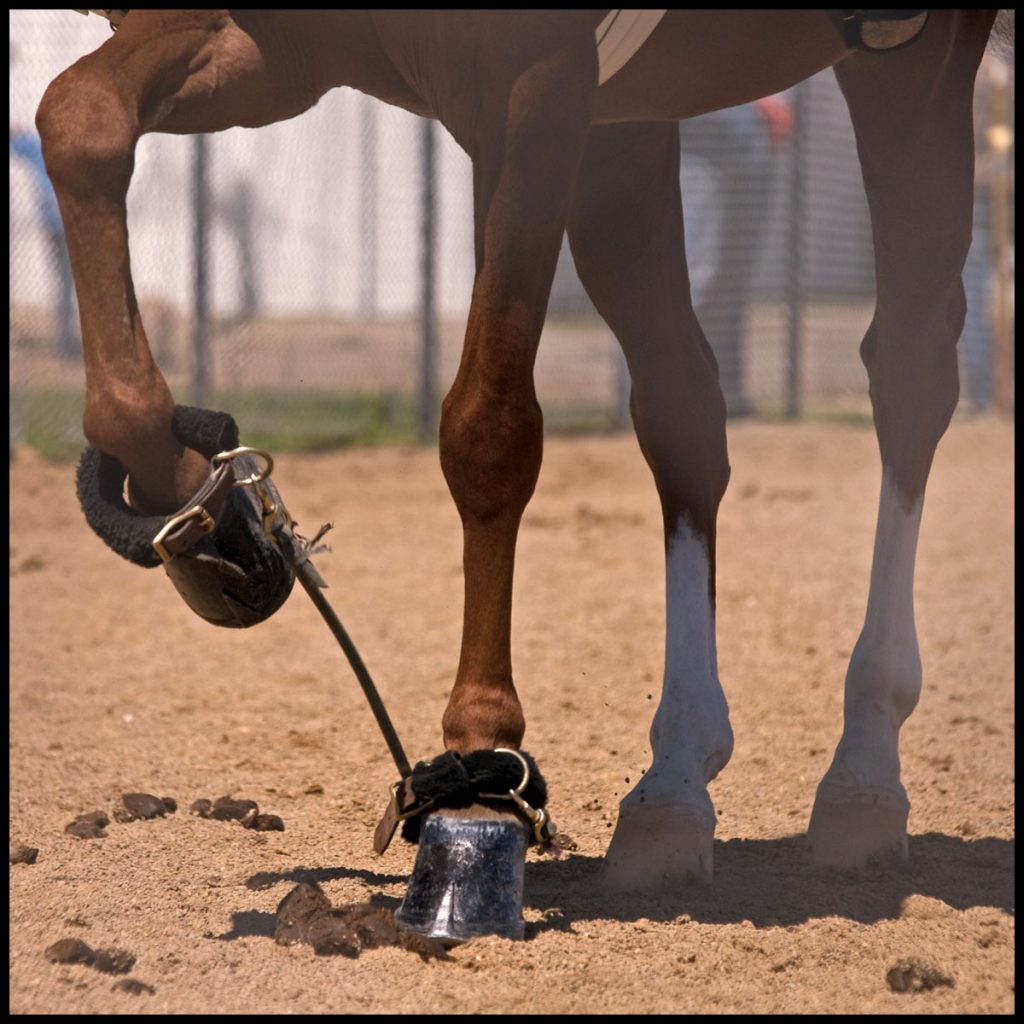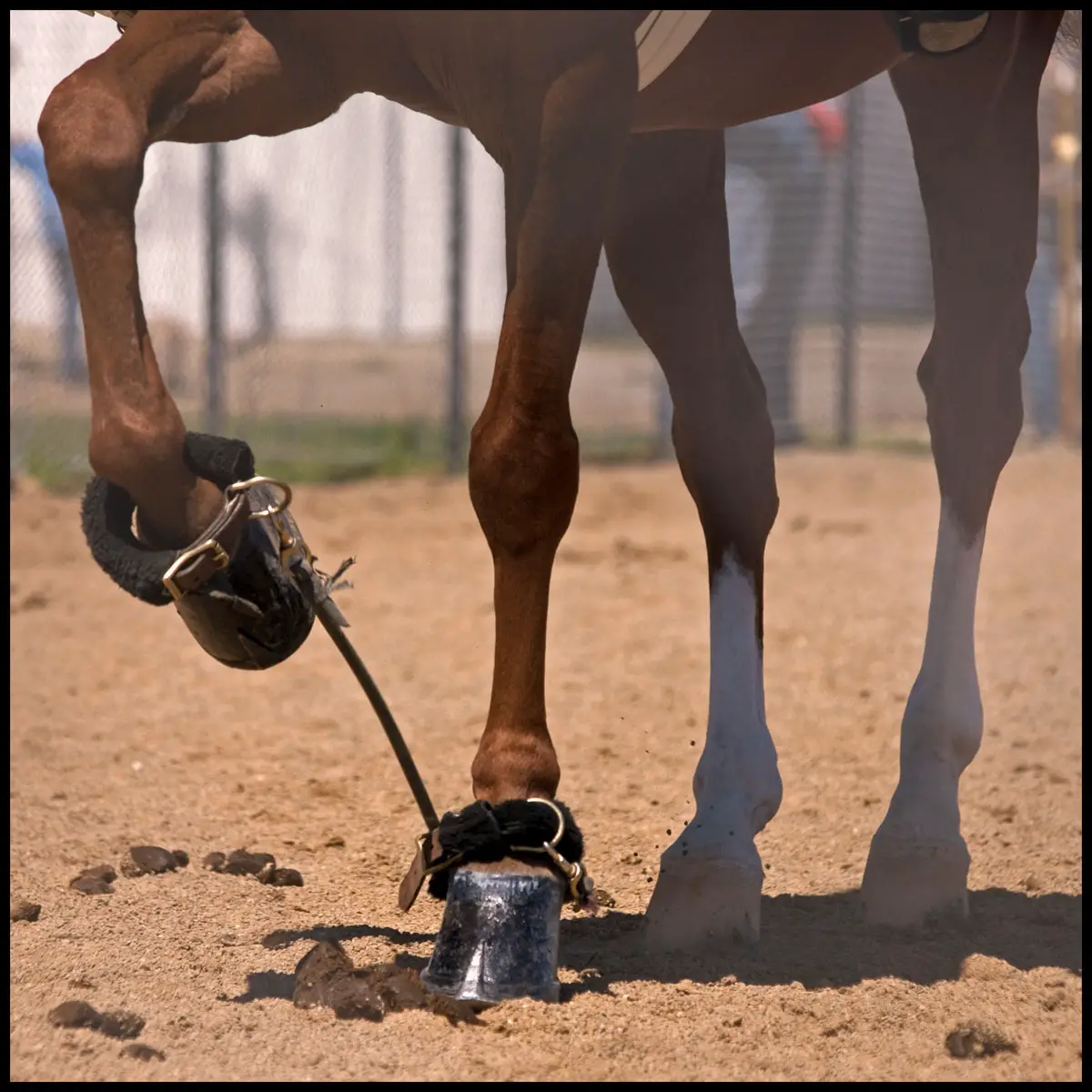Last Updated on February 19, 2022 by Allison Price
The hobbles, which are connected loops that connect horses’ front legs together, have been used for centuries to prevent them from wandering when there isn’t a place to tie them or confine them. There are many types of hobbles available. Most connect just two legs. However, horses who have learned to cover a lot of ground can tie a third leg.
Material for hobbling should not be too strong or unsafe. The loops should not catch on any brush or other objects. They should be adjusted to ensure that the horse can move through the hobble with no restriction in circulation. Common hobble materials include nylon, soft rope, leather, and soft rope. Protective coverings such as Neoprene should be used for any material that can rub or abrade the horse’s skin.

Begin the process of introducing hobbles by getting the horse used to being handled. The trainer should spend a lot of time getting the horse used to feeling a rope or any other material on its body. This training is best done in short sessions.
The trainer can place the rope around the horse’s pastern, and then gently pull the horse forward. Once the horse has surrendered, the trainer can release pressure by moving the horse’s leg in the direction the rope is pulling. For hobble training, this should be done on both the front legs. However, desensitizing all four of the legs is a good idea. It will encourage restraint and help horses not get tangled in wire or other fencing.
Once the horse is able to give in to the rope pressure, the trainer can strap the hobble to one leg and allow the horse to walk to become more comfortable with the sensation of something on its leg. The trainer should do this on each leg. This will allow the horse to feel the sensation without becoming anxious. Every horse reacts differently. Quieter horses will be more comfortable with this training than nervous horses like Thoroughbreds.
The hobbles can then be applied to both front legs. Finally, the trainer should quietly ask the horse to move forward. Horses may become unsure of their balance if the foreleg is not able to move fully. The trainer should ask the horse for a small step, and then react quickly to his movements. The horse will become more calm with the hobbles and can be asked for more training sessions.
To keep the horse from running off, give it a few piles of hay before you turn him out. You should keep an eye on your horse until you see it able to walk with its hobbles. If hobbles are not used for several months, it may need to be retrained.
As with many other tasks horses must perform, wearing hobbles can cause stress. It limits the horse’s ability run away from danger. This is a strong instinctive response to situations that appear threatening. To avoid problems, horse owners who have never used hobbles should seek out assistance from an experienced trainer and move slowly through the training process.



